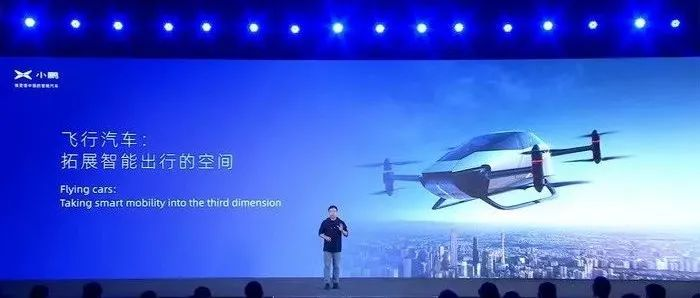Author: Dashi
This year marks the third anniversary of XPeng Motors’ 1024 Intelligent Day. Every year on this day, XPeng Motors shares its vision for the future of smart travel and releases its latest research and development results in the field of intelligence, which serves as the best channel for users and the outside world to perceive the XPeng brand, similar to Tesla’s AI Day and NIO DAY from NIO.
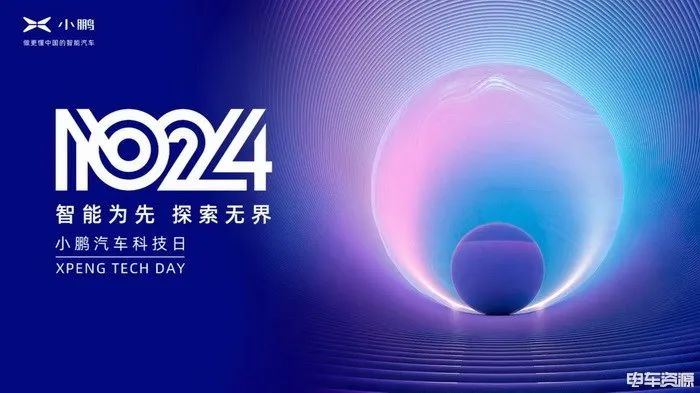
Unlike previous “XPeng Intelligent Days”, this year’s 1024 has become the XPeng Motors Technology Day, which implies bigger imagination. Looking back at the flags that XPeng had set in the previous two events, XPILOT 2.5 was launched in 2019, NGP (Intelligent Navigation Assistance Driving) and VPA (Parking Space Memory Parking) were OTA-upgraded to existing users in 2020. What surprises will XPeng bring us this year?
Super Energy Supplement System
As of now, XPeng has launched 439 super charging stations, covering 121 cities, and nearly 1700 free charging stations in 221 cities. Although the total quantity is not small, the anxiety about range still exists in terms of the average layout of charging stations in cities.
To address this issue, XPeng has proposed a solution of super-charging station coverage and comprehensive layout. On the one hand, it continues to generate electricity synchronously at the vehicle and pile ends, and on the other hand, it increases the layout of charging piles in densely populated areas of vehicles, such as gas stations, highway service areas, and other scenes. XPeng has also established a plan to cover all prefecture-level cities in China in 2021, and achieve nationwide county-level cities and national highway supplement system coverage during 2022-2023, and deploy the corresponding super-energy supplement system by 2023.

The super-energy supplement system will be promoted synchronously at the vehicle end, pile end, and station end. It includes China’s first mass-production platform equipped with silicon carbide chips, a supporting 480 kW high-voltage super-charging pile, and self-developed energy storage charging technology.
 At 800V high-voltage platform, the peak charging current is greater than 600A while the highest efficiency of electric drive will be over 95%, meaning that it only takes 5 minutes to achieve a range of 200 km. The supporting 480kW high-voltage supercharging pile’s current capacity can reach over 670A and has IP67 protection ability, as well as the advantages of high safety factor and light weight for pulling. It is expected to be equipped with a liquid cooling system and has thinner cables compared to the current superchargers.
At 800V high-voltage platform, the peak charging current is greater than 600A while the highest efficiency of electric drive will be over 95%, meaning that it only takes 5 minutes to achieve a range of 200 km. The supporting 480kW high-voltage supercharging pile’s current capacity can reach over 670A and has IP67 protection ability, as well as the advantages of high safety factor and light weight for pulling. It is expected to be equipped with a liquid cooling system and has thinner cables compared to the current superchargers.
In addition, XPeng has also launched a self-developed energy storage and charging technology, which can satisfy the uninterrupted high-power supercharging demand of 30 vehicles with one energy storage. With this new energy supplement measure, we believe that most users’ range anxiety can be solved.
A better human-machine driving experience
From the development trend of assisted driving, the city road navigation assistance based on high-precision maps has become a very clear development direction. Domestic new forces have already abandoned the L1, L2, L3 defined by SAE and are focusing on more subdivided usage scenarios.
Regarding the city NGP function brought by XPILOT3.5, we have already seen the hardware supporting city NGP in the previous XPeng P5 test drive event. Compared with XPILOT3.0, XPILOT3.5 equipped P5 only has two more DJI Livox LiDARs.
With a four-fold sensing fusion solution that is mainly based on vision, supplemented with millimeter-wave radar and LiDAR, one can achieve intelligent assisted driving from memory parking (home) – city NGP – highway NGP – city NGP – memory parking (company), and eventually from assisted driving to full automatic driving.
At the press conference, XPeng also demonstrated another video clip of using city NGP in the Guangzhou urban area.
In terms of the achieved function, relying on automatic driving alone can successfully identify entering/exiting underground parking, unprotected left and right turns, two-wheelers occupying the road, pedestrians crossing the road, and cars suddenly changing lanes. The integration of city high-precision maps, eight driving cameras and four panoramic cameras working simultaneously, makes the vehicle particularly smart in complex road conditions.
 ## XPILOT 4.0 Flag Already Raised Before XPILOT 3.5 has Heated Up
## XPILOT 4.0 Flag Already Raised Before XPILOT 3.5 has Heated Up
Wu Xinzhou, vice president of autonomous driving at XPeng Motors, announced that the City NGP (Navigation-guided Autonomous Driving) function is expected to launch in the first half of 2022, and will initially be available on certain roads in the first batch of cities. By the end of 2022, the accumulated mileage of high-speed NPG will reach 120 million kilometers, and that of city NGP will reach 35 million kilometers. The coverage rate of parking memory parking in cities will reach 90%.
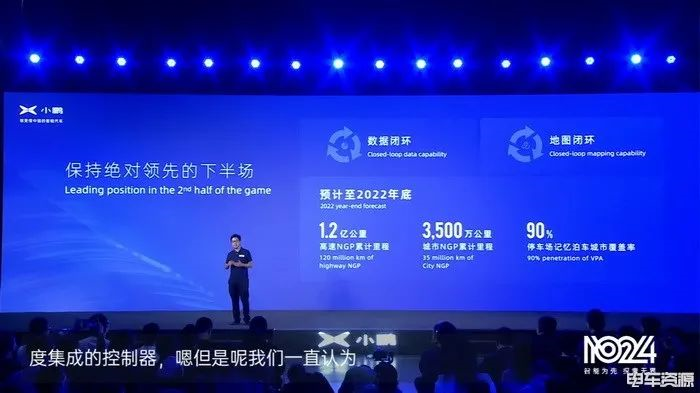
However, XPILOT 3.5 is just an upgraded version of XPILOT 3.0 with added lidar sensor. The current XPeng P5 equipped with the Xavier chip, which has 30 TOPS of computing power, can meet the current demand. Nonetheless, in order to achieve higher-level intelligent assisted driving, a even more powerful hardware system is indispensable.
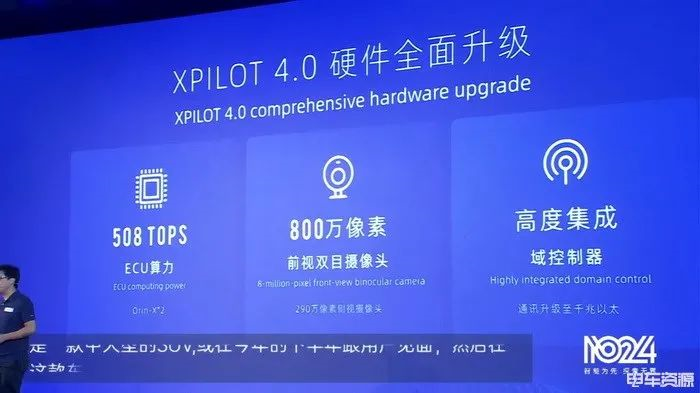
XPILOT 4.0 will have a comprehensive hardware upgrade and will be first deployed on a new medium-to-large-sized electric SUV unveiled next year. It will include two NVIDIA Orin-X chips with a computing power of 508 TOPS, 8 million pixel high-definition front binocular cameras, 2.9 million pixel side-view cameras, and a domain controller integrated to a gigabit-level communication upgrade.
Intelligent Robot (Horse)
The content related to “car” ends here, and now comes the real “technology” part.
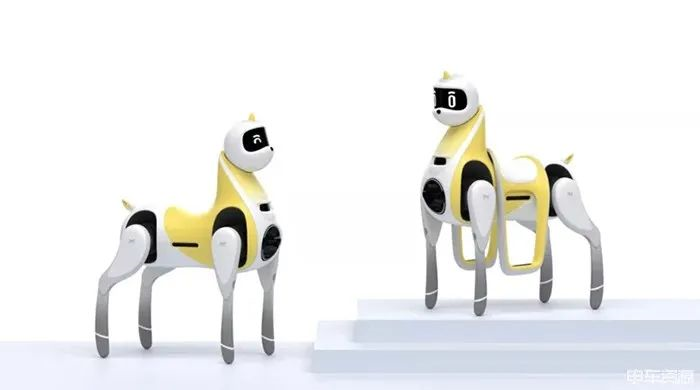
XPeng officially unveiled its “ridable robotic horse”, named “Little Bai Long” to the public. It also has an AI-assisted driving system that can recognize the environment through cameras and lidars, and can autonomously build maps, plan paths, and automatically avoid obstacles, like a sweeping robot.
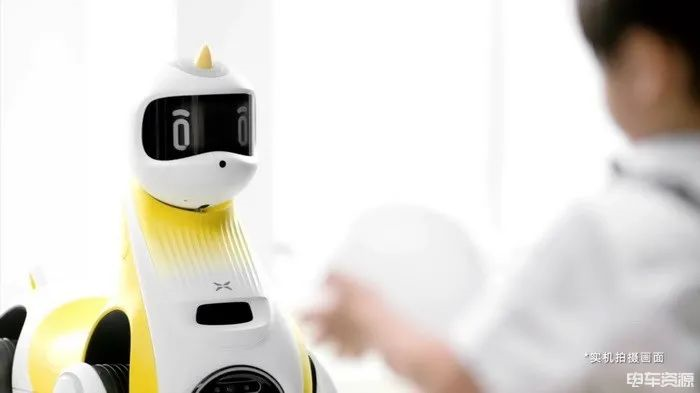 # Flying Car
# Flying Car
As early as 2016, XPeng began research and development of flying cars. In July of this year, XPeng Huitian officially released the fifth-generation flying vehicle Voyager X2. The maximum takeoff weight of the aircraft is 560 kg, the bare aircraft weight is 360 kg, can carry 2 passengers, and has a maximum load of 200 kg. At the same time, it adopts pure electric design, with a range of 35 minutes, a flight altitude of 1000 meters, and a maximum flight speed of 130 km/h.
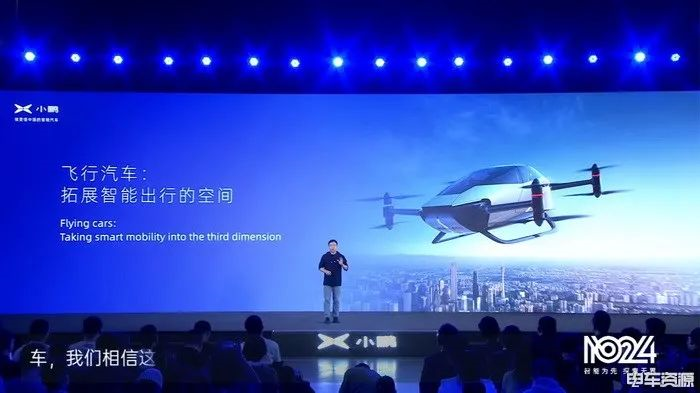
Voyager X2 is designed with 4 axes and 8 rotors, with eight groups of independent batteries. The aircraft has autonomous flight path planning capabilities. Through multiple sensors, the aircraft can achieve ground monitoring, full-angle environmental perception, self-help return and landing, and bi-directional real-time communication per 100 km.
However, XPeng is not satisfied with the current appearance of the Voyager X2 and is developing a multifunctional flying car that is closer to mass production and suitable for land and air use.
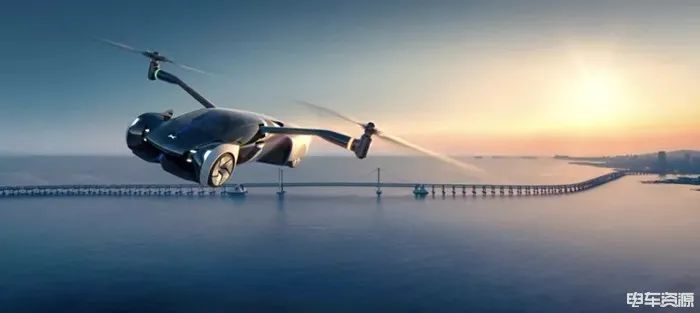
The future XPeng flying cars will resemble a traditional car in terms of body type, and the cockpit design will combine the driving style of a car and an airplane, making it easy for many ordinary car drivers to control. The weight of the car body will also be lighter, with the weight designed to be only 50% of the XPeng P7 (the weight of the XPeng P7 is 1.9 tons), and the length and width of the flying car will be further reduced to make it truly suitable for daily use.
It is worth mentioning that XPeng has set another goal for the flying car: the sixth-generation flying car is expected to be mass-produced in 2024, and the price will be controlled within 1 million yuan.
Summary
In just two years, XPeng has taken a road that many new car manufacturers have not taken. With self-developed and mass-produced capabilities, XPeng has not only created an automatic driving assistance system suitable for Chinese road conditions and a voice interaction software that conforms to Chinese user habits in the familiar automotive field, but also intelligent robots and flying cars, which belong to the future.
It can also be seen that as a new car manufacturer with profound Internet genes, XPeng is taking a unique “software-defined hardware” route in the new energy field. Perhaps this is why the Intelligent Day was renamed as the Technology Day.
This article is a translation by ChatGPT of a Chinese report from 42HOW. If you have any questions about it, please email bd@42how.com.
